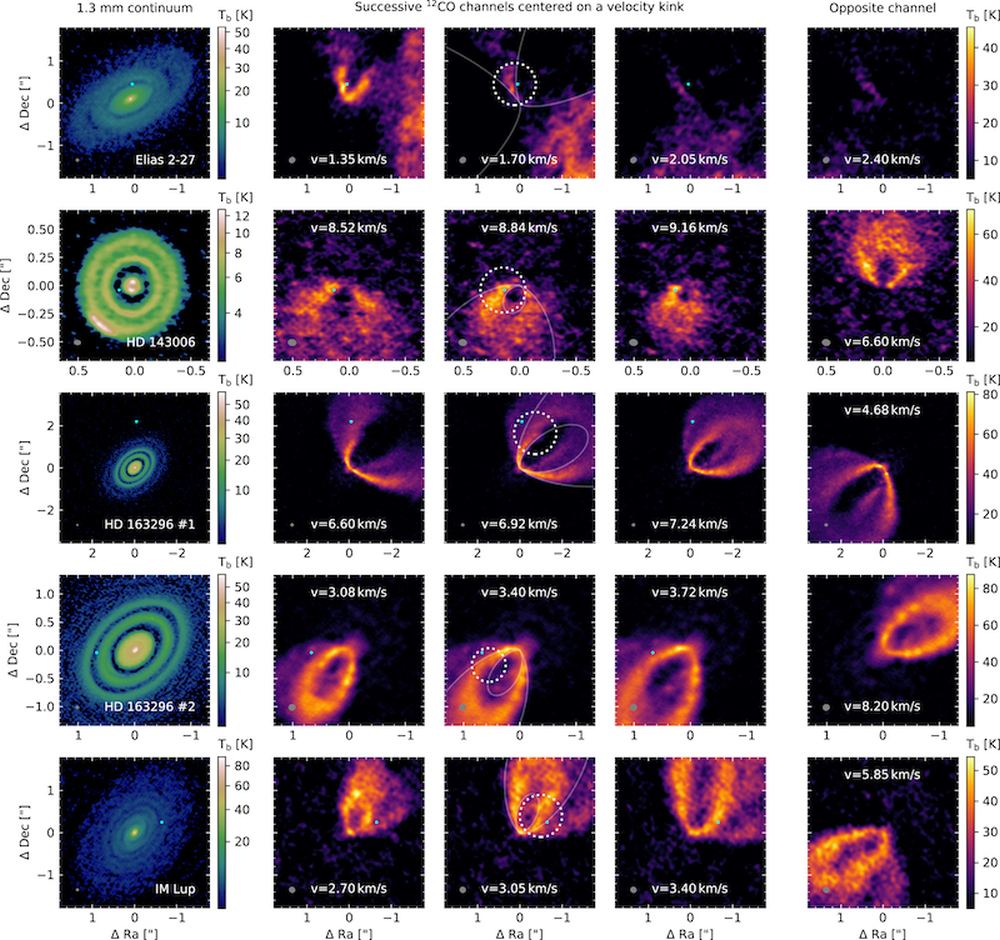Astronomers like observing distant young stars as they form. Stars are born out of a molecular cloud, and once enough of the matter in that cloud clumps together, fusion ignites and a star begins its life. The leftover material from the formation of the star is called a circumstellar disk.
As the material in the circumstellar disk swirls around the now-rotating star, it clumps up into individual planets. As planets form in it, they leave gaps in that disk. Or so we think.
Continue reading “Are the Gaps in These Disks Caused by Planets?”

